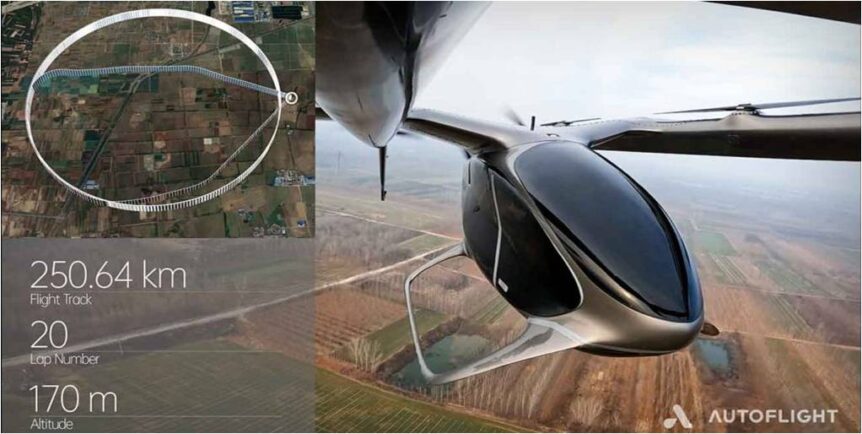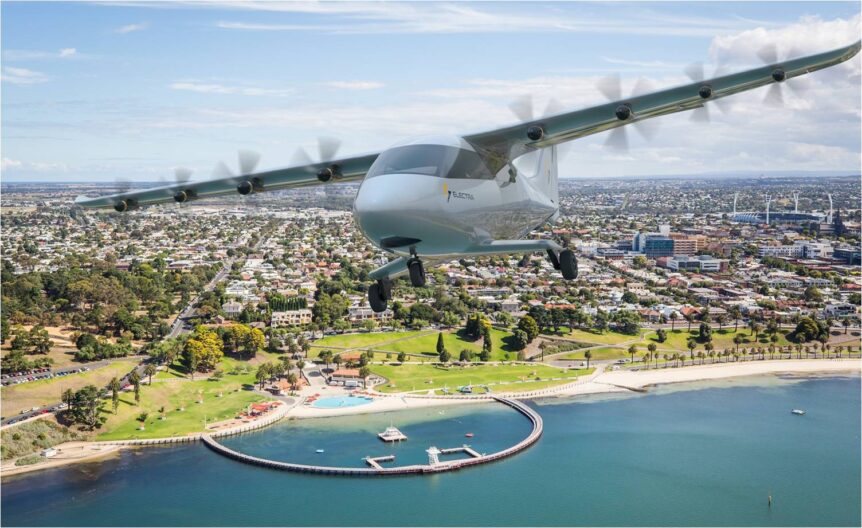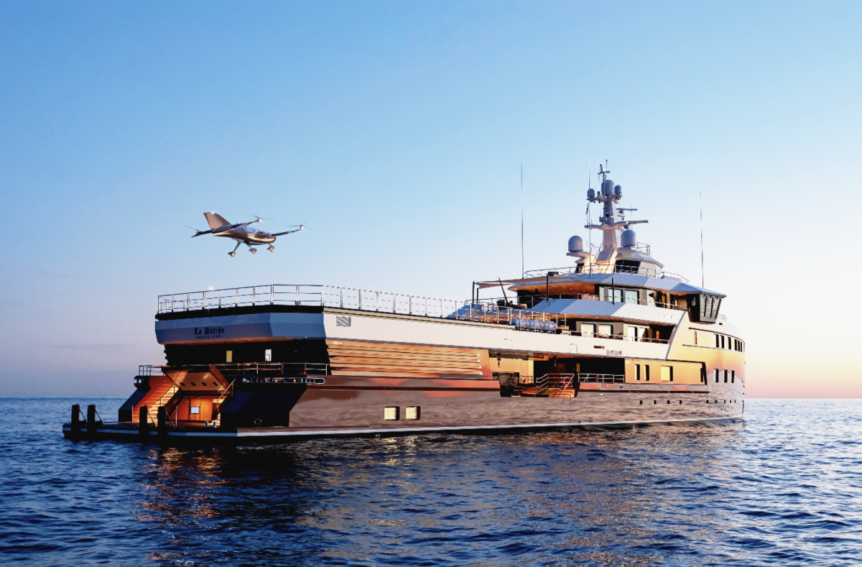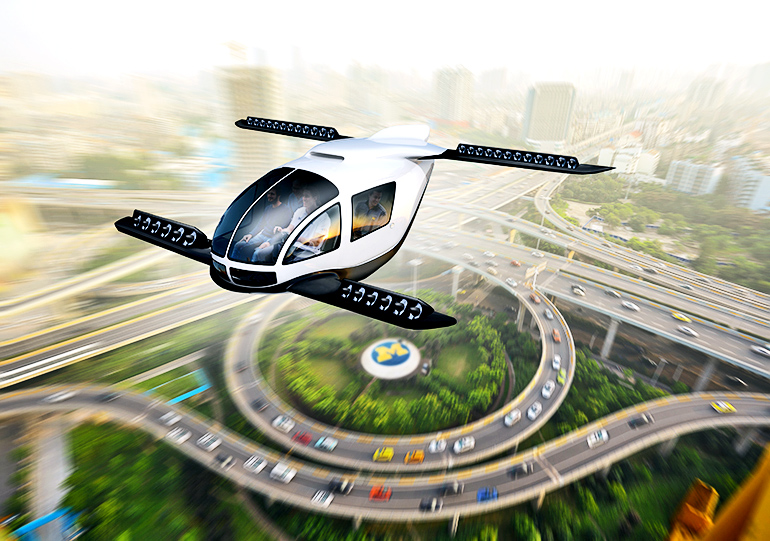Suddenly, we’re seeing new electric aircraft nudging, then doubling an electric distance record. First, Autoflight in China and then Beta in America achieve higher ranges than that previously achieved by Joby. Jules Verne Saw It Coming In two late 19th-century novels, Robur the Conqueror and Master of the World, Jules Verne chronicled the fictional adventurers of a mad inventor who thought he could dissuade world leaders from practicing war by bombing them from his Albatross flying warship. A great deal like Captain Nemo of Nautilus fame, Robur uses violence to stop violence. Both protagonists fail in their efforts. The Albatross, mistaken as its objectives were, is perhaps an inspiration for today’s eVTOLs, propellers spinning for lift and for forward motion. Verne even prophesied fueling the Albatross with water, perhaps an early vision of today’s water-splitting to produce green hydrogen. Autoflight With far fewer rotors and propellers, Autoflight achieved a successful transition flight from vertical liftoff to forward flight. This delicate …
Following the Money to Green Flight
The path to green flight is paved with money. In our transactional world, good ideas are sometimes rewarded with filthy lucre, even if those ideas are intended to clean up a besmirched world. Several examples of clean aviation attracting solid investments follow, along with some stumbling on unexpected obstacles. Jetson ONE For a flying machine lighter than most of its prospective pilots, the Jetson ONE has attracted a host of followers, including the host of a late-night chat show. Besides receiving 3,000 purchase requests in two months the firm has sold its initial production runs for 2022 and 2023. At $92,000 a unit, 100 craft in the first year would net $9.2 million, enough to finance the simple assembly and fabrication of the machines. A $22,000 deposit would discourage idle gawkers, although Internet views exceed 14 million. Keeping it simple allows reasonable progress to the next level. Opener Blackfly Opener claims over 36,000 flight hours in 5,000 operations for …
Flying Machines in Your Two Car Garage
A flying machine in your two-car garage was the promise heralded by Popular Science and Popular Mechanics magazines during the 1950s and 1960. It was the era of Bob Cummings piloting his Aerocar on his popular TV show, and KISN radio watching over traffic with one in Portland, Oregon. Expectations were high and often disappointed. High costs of establishing a network of two-ton, four-passenger eVTOL (electric Vertical Take Off and Landing) machines dissuaded even Uber from pursuing that goal. Consider that skyports, vertiports, or whatever they ended up as are enormously expensive, and a network with charging stations and passenger accommodations would be a large investment. Beyond that, each sky taxi would cost well into the high six figures, something that would require corporate ownership rather than the owner/driver model on which Uber’s land-based operations depend. At least four eVTOLs are now on the market or headed there. None cost more than a claimed $150,000 base price, a plausible outlay …
Faster, Cleaner AND Less Pricey?
University of Michigan Research Sprinkled with Optimism (or Not) Can electric Vertical Takeoff and Landing (eVTOL) machines provide the swift crossing of urban distances at a price that will attract the non-flying public? Can they do so while keeping pollution in check? A University of Michigan study, funded in part by Ford Motors, concluded that taking a short (depending on definition) trip in an autonomous electric vertical takeoff and landing machine might not only be quicker than a ground-bound journey through gridlock, but might even be less expensive. These two factors are important if we are clean the toxic atmosphere that hangs over our major cities, at least partly brought about by the constant transit of personal automobiles, public buses, and large trucks. Another aspect of the study, though, showed that certain trips will be less polluting if taken by conventional automobiles. This dichotomy comes from the nature of eVTOL flight compared to the distances to be traveled. Researchers published …




